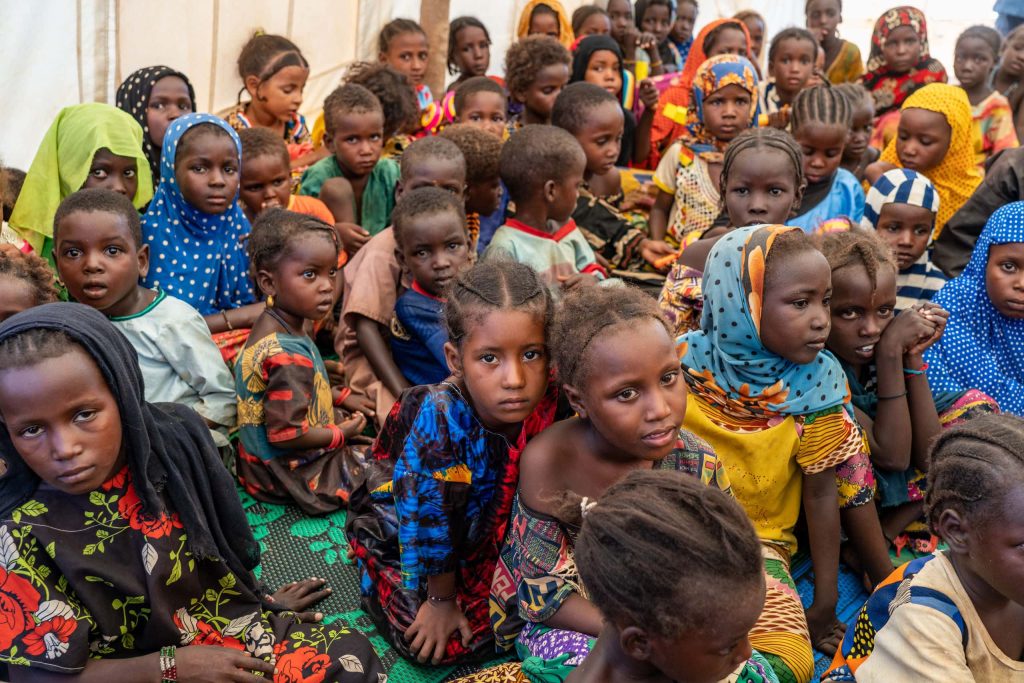Context:
The Ministry of Women and Child Development (MWCD) has recently updated the Model Foster Care Guidelines, bringing significant changes to foster care eligibility and procedures.
More on the news
- The 2016 guidelines have been updated to align with the amendments to the Juvenile Justice (Care and Protection of Children) Act of 2021 and the Juvenile Justice (Care and Protection of Children) Model Rules of 2022.
The Juvenile Justice Act of 2015 protects the rights of children in conflict, emphasizing rehabilitation. It aligns with India’s commitments to the UN Convention on the Rights of the Child and the Hague Convention on Intercountry Adoption.
About the Foster system in India
- Foster care is an arrangement in which a child temporarily lives with either extended family or unrelated individuals.
- In India, children who can be fostered have to be above six years residing in childcare institutions with “unfit guardians”.
- Minor who are placed in the category as “hard to place” or children having special needs” can also be fostered.
Model Guidelines for Foster Care 2016:
- These guidelines, outline detailed procedures, roles, and responsibilities of stakeholders for implementing the foster care program.
- Under the Guidelines, Children aged 6-18 years whose parents are unable to care for them due to reasons such as mental illness, poverty, or imprisonment, and those in childcare institutions, are eligible for foster care.
- Children in the age group 0-6 years are encouraged for adoption under the Regulations Governing Adoption of Children, 2017, rather than foster care.
Foster Care vs. Adoption: Key Differences
Foster Care:
Temporary: Aimed at reunification or finding a permanent home.
Legal Status: Child remains under biological parents’ or state guardianship.
Relationship: Foster parents provide temporary care without legal parental rights.
Adoption:
Permanent: The child becomes a legal member of the adoptive family.
Legal Status: Adoptive parents gain full legal rights and responsibilities.
Relationship: Adoptive parents have the same rights and obligations as biological parents.
Revised Foster Care Guidelines (2024) Guidelines:
- Single Individuals Eligibility: The Ministry now permits single individuals, including unmarried, widowed, divorced, or legally separated persons aged 35 to 60, to foster children.
- Gender-Specific Adoption Rules: While single women can foster and adopt children of any gender, single men are restricted to fostering and adopting male children only.
- Streamlined Process: The minimum period for fostering before adoption has been reduced from five years to two years, making it easier for single parents to adopt.
- Stable Marital Requirement for Couples: The new guidelines require married couples to have a stable marital relationship of at least two years before they can foster a child.
- Online Registration: Prospective foster parents can now register online through the Child Adoption Resource Information and Guidance System (CARINGS), enhancing accessibility to the foster care process.
Implications of the Revised Guidelines:
- Clarification and Discrepancies: The revised guidelines correct the inconsistency where single individuals could adopt but not foster, aligning fostering eligibility with adoption regulations.
- Foster Care Statistics: As of March 2024, there were only 1,653 children in foster care across various states and union territories in India, highlighting the need for increased awareness and participation in the foster care system.
- Increase foster Care Application: These changes will encourage more individuals to apply for foster care, but there is also a need to clearly understand its temporary nature under the new fostering rules.
Focus on Child Welfare: The guidelines emphasize a thorough approach to childcare.

